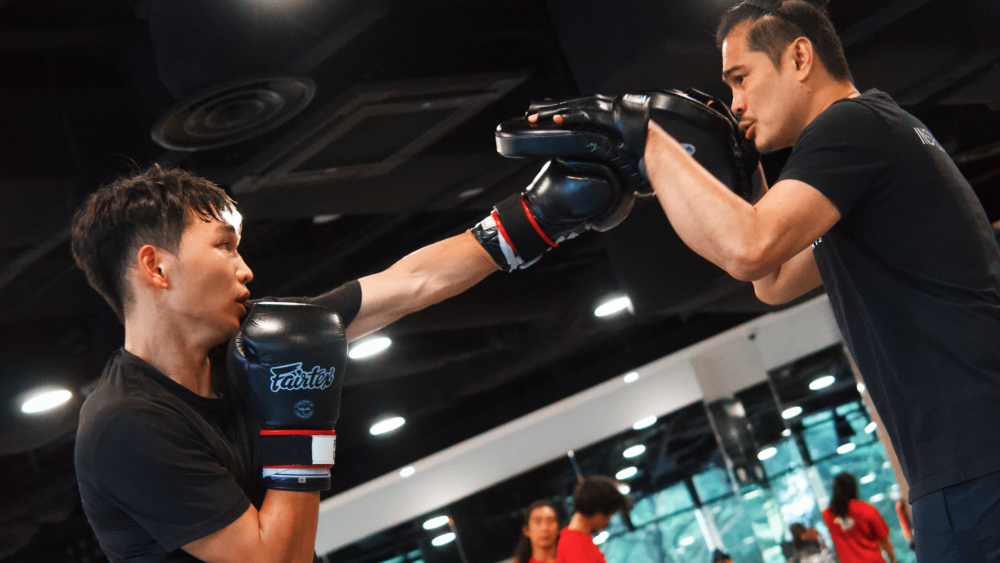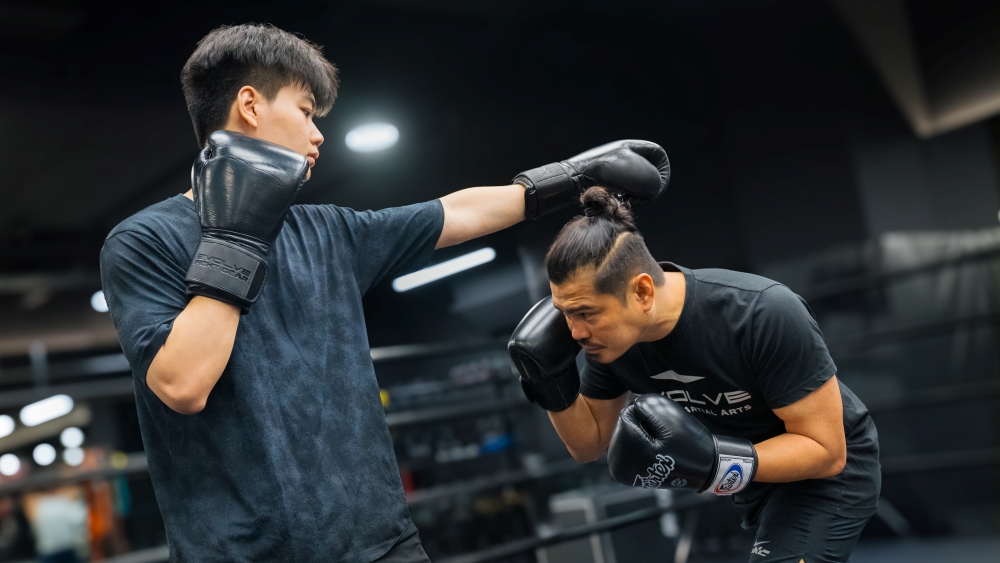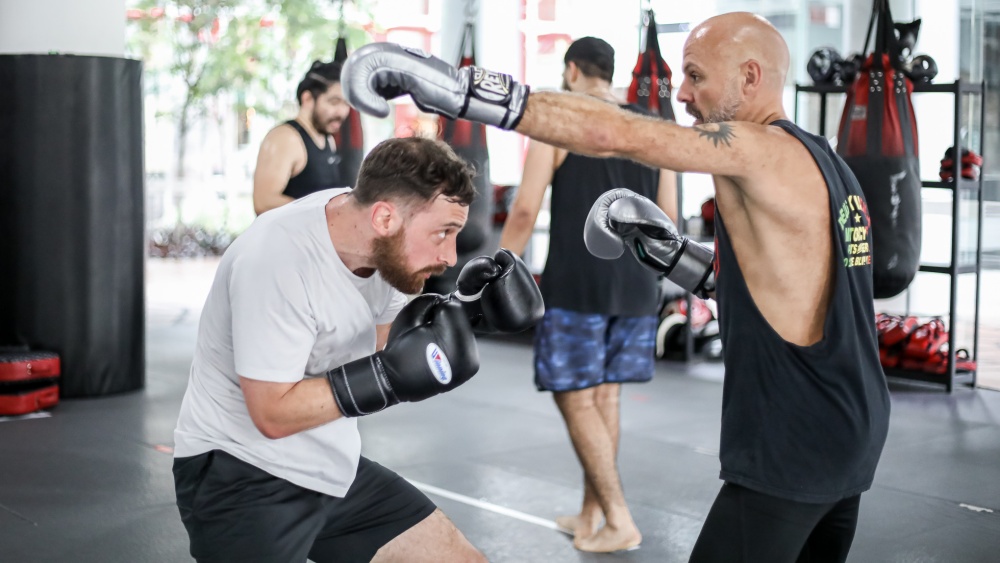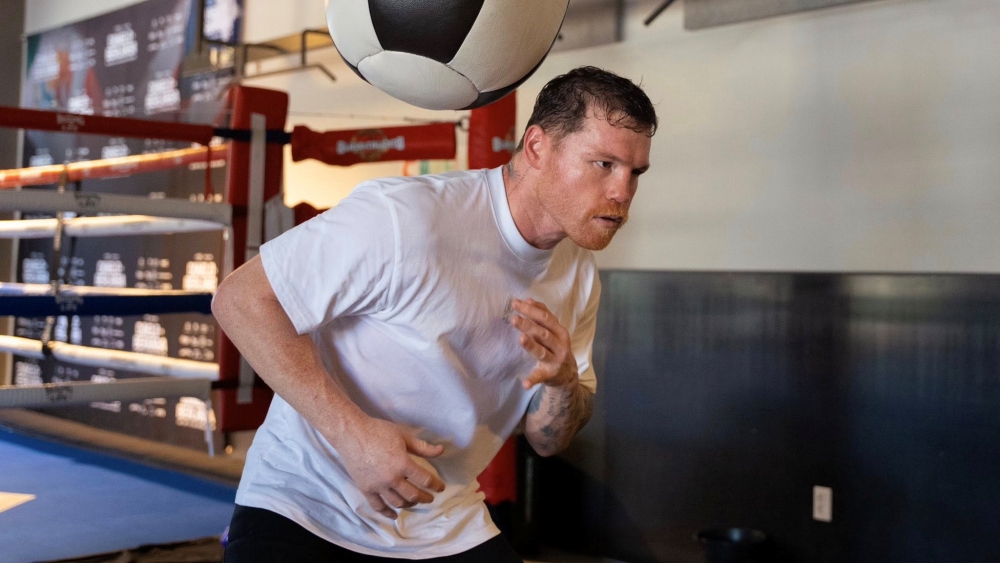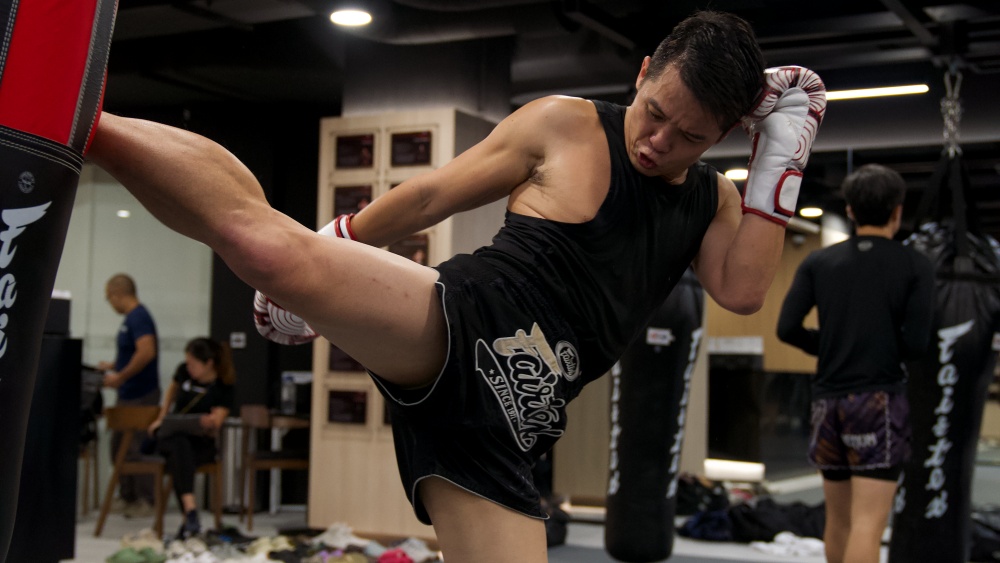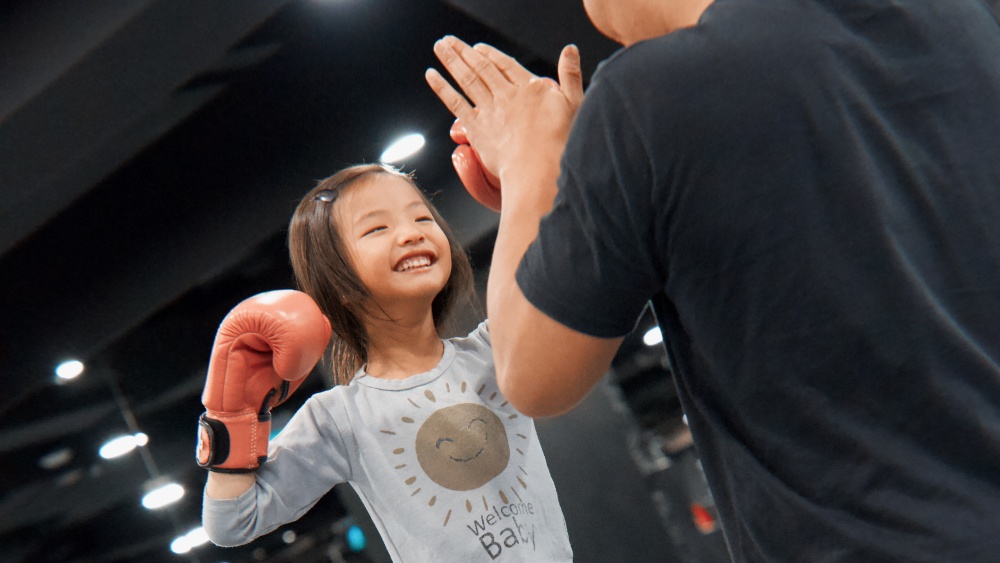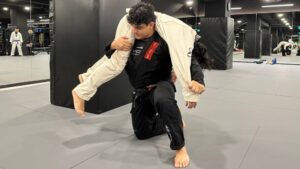The uppercut is arguably the most devastating punch used in boxing. Its upward trajectory often allows it to thread between an opponent’s guard and make contact with their chin. The punch can be equally destructive when thrown at the body, especially if the liver is targeted.
The uppercut is often most effective when fighting at inside range, so many boxers prefer to hide it behind other punches since you’re vulnerable to your opponent’s counters at such distances.
Throwing an uppercut requires you to bend your knees and drop your hands a bit to generate extra force with your legs. When executed correctly, the power generated from your legs should travel through your torso into your fists.
An uppercut can be effective even if it doesn’t land. Merely throwing the punch makes opponents more tentative and less eager to crowd the space in front of you.
Three Uppercut Variations To Add To Your Boxing Game
One of the primary reasons the uppercut is widely considered one of the most powerful punches used in boxing is how you generate power with your legs. Unlike most punches, which derive a considerable portion of their power from the twisting motion you make with your feet and torso as you throw, the uppercut involves more of a squatting motion.
The legs contain the strongest part of the body, and it isn’t uncommon for athletes to squat significantly heavier weights than they can perform any other lifts. When throwing an uppercut, the slight bend of your knee allows you to generate power from the massive muscles in your legs and redirect that force on your opponent’s chin. It’s like coiling up a spring and releasing it. Bending your knees and generating force as you straighten your legs and throw uppercut channels kinetic energy from your legs into your fists.
Throwing A Basic Uppercut
Throwing an uppercut starts with your hips and legs since these regions provide the power behind the punch. Here are the different steps involved:
- From your boxing stance, bend your knees slightly so that you can use your legs as a spring and generate power as you throw an uppercut.
- Keep your core tight and twist your torso as you throw. The twisting motion of your torso puts additional force behind the punch and helps to transfer the force generated by your legs into your arms.
- As you throw the uppercut, move your elbow in an arc while keeping your palm facing you. There should be no wasted motion during this movement, and the punch should travel the shortest distance to the target. Your punching arm should be bent at a 90-degree angle.
Now that we’ve gone over the mechanics of a conventional uppercut, let’s take a look at some effective variations of the technique.
1) The Long Uppercut
The long uppercut has similar mechanics to the conventional uppercut, but instead of bending your punching arm at a 90-degree angle, you bend it a lot more, so the angle between the upper and lower part of your arm is closer to 180 degrees.
Allowing more bend in your arm removes some of the punch’s power, but you can cover a lot more distance. Boxers who have mastered the long uppercut can often land it from outside range.
2) The Bolo Uppercut
The bolo punch was created by Filipino boxer Ceferino Garcia and popularized by legends like Sugar Ray Leonard. It involves swinging your arm in a circular motion while throwing the uppercut. The circular motion serves as a distraction and helps to generate more power for the punch.
3) The Short Uppercut
This uppercut variation involves narrowing the angle between your upper and lower hand to generate maximum power for an uppercut. This variation of the uppercut requires you to be virtually connected to your opponent to land. The beauty of this technique is that there isn’t much room for your opponent to see what you’re doing, making it harder to block.
Using The Uppercut Inside The Ring
Some of the ways uppercuts are used in boxing include:
1) The Lead Uppercut
The lead uppercut covers more distance than a rear uppercut, and it’s often used to break through an opponent’s guard to set up combinations. It’s not as powerful as a rear uppercut but it reaches its target quicker.
2) The Rear Uppercut
This is the most basic type of uppercut, and it’s also the most powerful. The rear uppercut doesn’t cover as much distance, so you’ll need to be at phone booth distance to land it. The rear uppercut is often used as a counter or at the end of combinations to catch opponents off guard.
3) The Lead And Rear Uppercut To The Body
Throwing an uppercut to the body isn’t much different from throwing one at the head. It’s only a matter of aiming for a different target. Lead uppercuts to the body are typically thrown at the liver since a hard shot to the area can put any boxer on their knees.
Rear uppercuts on the other hand, are often thrown at the ribs or solar plexus.
4) The Shuffle Uppercut
As you might have guessed, the shuffle uppercut involves closing the distance on your opponent by shuffling to the side while firing an uppercut. Shuffling in as you throw an uppercut allows you to generate more power but leaves you more vulnerable to counterattacks.
5) The Counter Uppercut
The counter uppercut is used to make opponents pay for mistakes. It usually works best after ducking under a looping attack since that requires bending your knees to lower your head. Doing this also happens to be the first step involved when throwing uppercuts, and there’s a solid chance your punch connects before your opponent gets their hand back to their guard to protect their head.
6) The Defensive Uppercut
This variation of the uppercut is typically used to keep aggressive opponents off you when your jab fails. It’s typically thrown from your rear hand when your opponent’s forward movement puts them in range. Some boxers prefer to throw it after distracting their opponent with a few jabs.
Get To Work
In conclusion, uppercuts are high-risk, high-reward punches. Aimed at either the head or liver, they can send anyone to the canvas if executed correctly. So, dedicate some time to mastering the technique.
You may also like:

